Is It Safe to Mix Fabuloso and Bleach?
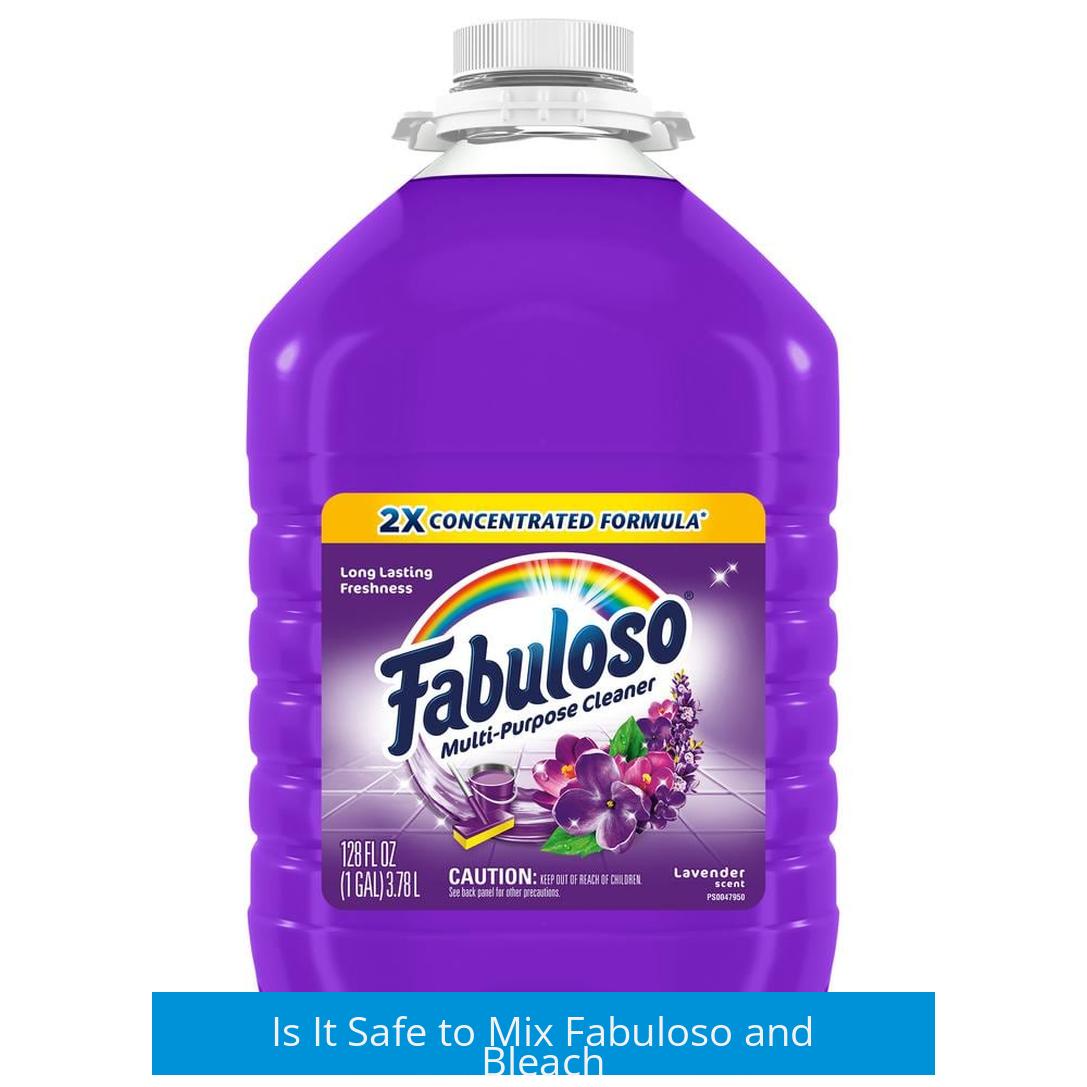
Mixing Fabuloso and bleach produces chlorine gas, but at much lower levels than mixing bleach with ammonia-based cleaners. The reaction is mild because Fabuloso does not contain ammonia; however, manufacturers and safety experts advise against combining these products due to potential toxic gas formation and unpredictable chemical interactions.
This article explains the chemical safety concerns, composition details, practical experiences using the combo, and how to safely handle accidental mixing.
Chemical Reaction and Safety Concerns
Production of Toxic Gases
Bleach (sodium hypochlorite) can react with certain substances to release toxic gases, especially chlorine gas and chloramines. When bleach combines with ammonia-based cleaners, it rapidly produces dangerous chloramine or mustard gas. Fabuloso, a popular multi-purpose cleaner, does not contain ammonia.
Despite the absence of ammonia, mixing Fabuloso and bleach does produce some chlorine gas. This reaction is less vigorous and releases smaller amounts of gas compared to bleach-ammonia mixtures.
- Chlorine gas exposure can irritate the respiratory system.
- Even low levels of chlorine can cause discomfort and health risks if inhaled repeatedly or in poorly ventilated areas.
- Therefore, mixing these chemicals remains unsafe.
Official Warnings on Fabuloso Label
The Fabuloso product label explicitly cautions users not to mix it with bleach or other cleaners. This warning reflects standard safety practices to prevent unintended chemical reactions.
Long-Term Exposure Risks
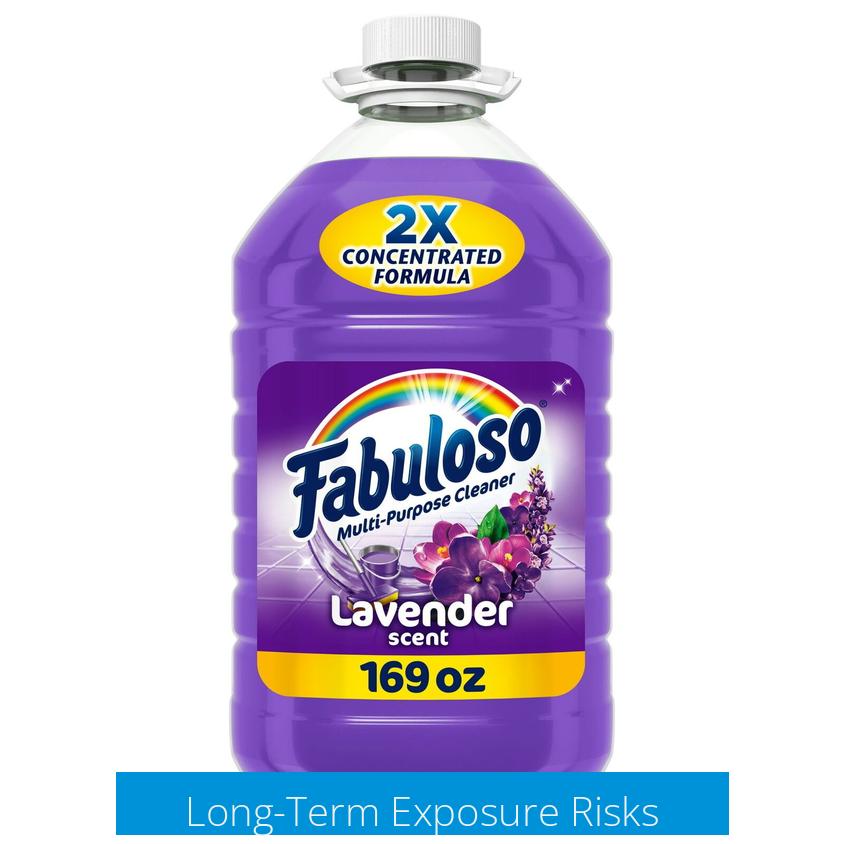
Some households report using a diluted mixture of Fabuloso with bleach over years without acute health effects. However, there is a risk of subtle poisoning or respiratory irritation over time due to repeated low-level chlorine inhalation.
Long-term and repeated exposure to chlorine gas, even in small doses, can affect lung tissue and overall health. Caution is advisable.
General Advice on Mixing Cleaning Products
Mixing different cleaning products without proper chemical knowledge is widely discouraged by health authorities. Instructions specify not to mix unless explicitly allowed.
“Read the instructions on your cleaning product and follow them strictly. If the label doesn’t instruct mixing, avoid it.”
Mixing products like Fabuloso and bleach “just to enhance cleaning” is risky and unnecessary.
Chemical Composition and Interaction Specificity
Fabuloso Ingredients and Bleach Interaction
Fabuloso contains water, surfactants, fragrances, and dyes. It does not contain ammonia or bleach. Because of this, it is chemically less reactive with bleach than ammonia-based cleaners. However, the proprietary fragrances and dyes might contain ingredients that could react slightly.
| Ingredient | Presence in Fabuloso | Reaction Risk with Bleach |
|---|---|---|
| Water | Yes | None |
| Surfactants | Yes | Low Risk |
| Fragrances and Dyes | Yes | Unknown/Variable |
| Ammonia | No | N/A |
| Bleach (Sodium Hypochlorite) | In separate product | Highly reactive with ammonia |
This explains why the reaction is less dangerous but still not recommended.
Clarifying Mustard Gas Myth
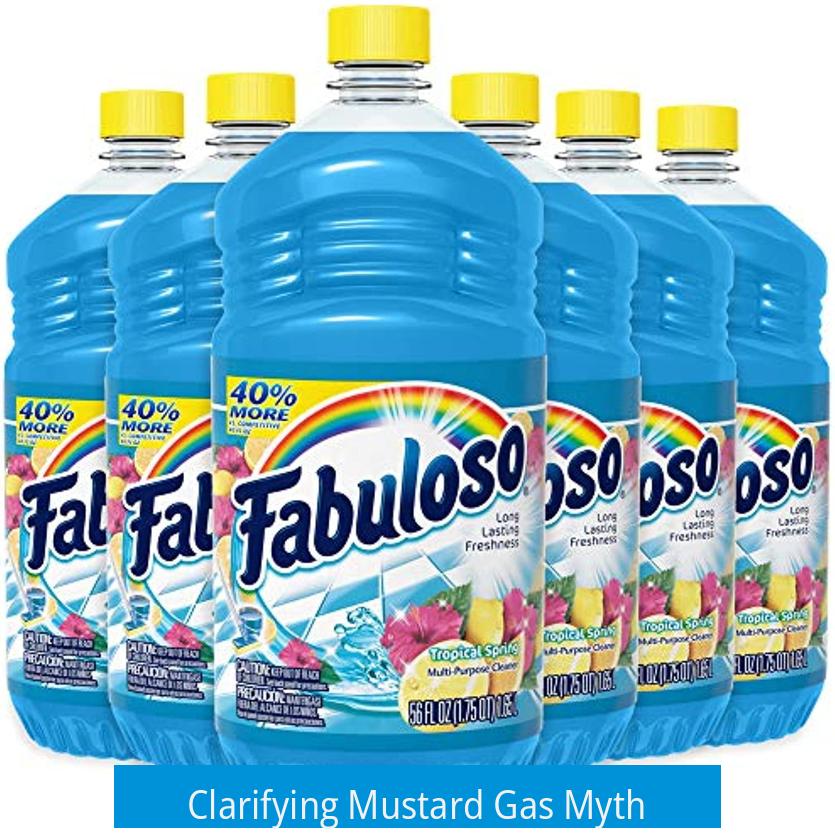
Mustard gas forms through complex chemical synthesis and does not arise simply from mixing household cleaners. The common warning about “mustard gas” relates to bleach combined with ammonia, which produces chloramine vapors, often confused with mustard gas.
Since Fabuloso lacks ammonia, the risk of mustard gas is not applicable. Nevertheless, chlorine gas generation persists.
Practical Use and Experiences
Reported Traditional Use
Many users mix Fabuloso, bleach, and water in large dilution ratios to clean floors and surfaces. For example:
- One cup bleach, one cup Fabuloso, and a full bucket of hot water (6-10 cups).
- The mixture smells pleasant and is claimed to remove stains efficiently.
- Users report no immediate symptoms, including those with asthma.
The large dilution reduces chlorine gas generation below harmful levels. The bleach retains disinfecting power, while Fabuloso adds fragrance and extra surface cleaning.
Opinions on Cleaning Without Bleach
Some users view bleach as essential for effective cleaning and odor control. Fabuloso enhances this by masking bleach odors and helping stain removal.
Others caution about the “underlying dirty smell” in homes without bleach use. This debate involves cleaning efficacy, hygiene, and personal preferences.
Questions About Proper Use

- Is mixing Fabuloso + bleach without water safe? No, concentrated mixtures increase toxicity risks.
- Is it safe to mop with Fabuloso after rinsing a bleach-cleaned mop? Yes, if rinsed thoroughly, residual bleach should be minimal.
In general, large dilution with water reduces risks significantly.
Immediate Steps and Handling of Accidental Mixing
If bleach and Fabuloso or similar products accidentally mix, promptly ventilate the area. Running water down drains dilutes the mixture and reduces chlorine gas concentration.
For accidental mixing:
- Evacuate immediately from the site if strong fumes appear.
- Open windows and doors for ventilation.
- Flush the contaminated solution with plenty of water.
- Do not inhale fumes.
- Seek medical attention if respiratory irritation occurs.
Most household mixtures with heavy dilution pose minimal acute risk but require caution.
Additional Considerations
Toxicity Without Direct Mixing
Using bleach and Fabuloso in the same room but separately usually does not cause toxic gas formation. The chemicals must physically interact in solution or close contact to generate chlorine gas.
Avoid spraying or applying bleach shortly after using fragranced cleaners to prevent unintended reactions.
Culture and Usage Notes
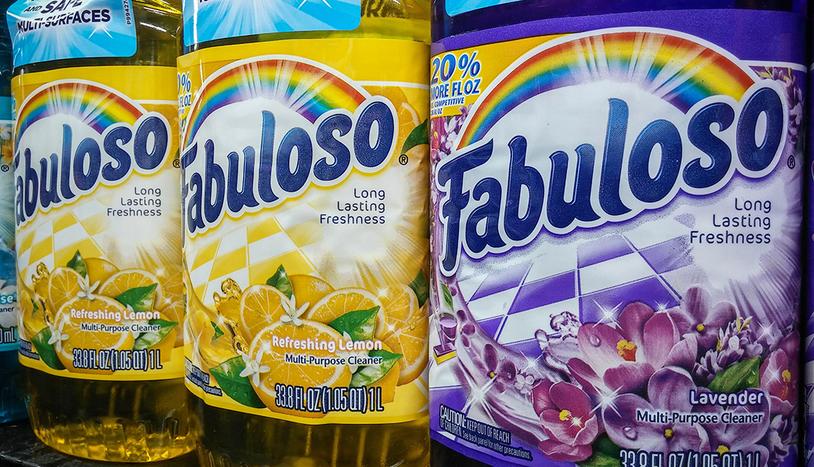
Fabuloso is a popular cleaner in Hispanic households and culturally familiar. Combining it with bleach is a common practice for deeper cleaning, reflecting traditional cleaning habits.
Summary of Key Points
- Mixing Fabuloso and bleach produces chlorine gas, but less dangerously than bleach-ammonia mixes.
- Manufacturers warn explicitly against mixing these products due to toxicity risks.
- Fabuloso lacks ammonia, so mustard gas is not formed.
- Diluting bleach and Fabuloso heavily with water reduces chlorine gas generation.
- Long-term exposure to low levels of chlorine gas can cause respiratory issues.
- Never mix cleaning products unless the label states it is safe.
- If mixed accidentally, ventilate, dilute and avoid breathing fumes.
- Using these products separately in the same room is generally safe.
Is Mixing Fabuloso and Bleach a Hazardous Cleaning Combo or Just a Myth?
Mixing Fabuloso and bleach does produce dangerous chlorine gas, so it’s definitely not a good idea. But if you’ve heard tales that it’s as bad as mixing bleach with ammonia, well, it’s a bit more nuanced than the neighborhood rumor mill suggests.
Let’s unpack this muddled mess of cleaning chemistry, safety warnings, and home cleaning habits for you.
The Chemical Reality: What Happens When Fabuloso Meets Bleach?
Bleach is well-known for its powerful disinfectant abilities, primarily because it contains chlorine compounds. When mixed with ammonia-based cleaners, bleach produces a toxic gas called mustard gas or chloramine fumes, which is a serious hazard.
But here’s the catch: Fabuloso does not contain ammonia. Its formula mainly includes water, surfactants, and a blend of colors and fragrances. So chemically speaking, Fabuloso + bleach do not produce mustard gas. However, it’s important to recognize that Fabuloso is a branded designer cleaner with some secret sauce ingredients—the “colors and fragrances” might hide unexpected compounds.
According to chemistry savvy sources and ingredient lists, while mixing bleach and Fabuloso is not as explosively dangerous as bleach-ammonia combos, it can still yield some chlorine gas. It’s less vigorous but still risky. So, risk of toxic fumes is there, but much lower than the bleach-ammonia scenario.
Safety Guidelines and Why Labels Matter More Than Word of Mouth
Believe it or not, the Fabuloso bottle itself typically includes a *bold warning* against mixing it with bleach. This is a big red flag, not just a friendly suggestion. The manufacturers obviously don’t want you experimenting in your cleaning labs.
“Do not mix with bleach.”
This advice is aligned with basic household chemical safety: Don’t mix cleaning products unless the label explicitly says it’s safe. If you hear of someone who’s been using Fabuloso and bleach together for years with “no problems”—remember, subtle poisoning from low-level gas exposure over time is a possibility that might not trigger immediate symptoms.
How Do People Use Fabuloso and Bleach Safely (Or Think They Do)?
Many folks swear by a diluted mixture of bleach, Fabuloso, and warm water. Typical recipes go something like this: around a cup each of bleach and Fabuloso diluted into a bucket of hot water (sometimes 6-10 cups total). This dilution drastically reduces any chemical reaction and gas production.
One user reported being asthmatic and still okay using this combo regularly. The smell reportedly is light, and the cleaning power remains strong. Adding Fabuloso makes the floor smell floral and fresh while bleach does the heavy disinfecting work.
Here’s the practical tip: if you do mix, make sure to use copious water to dilute the solution. It reduces the chemical interaction dramatically.
Why Mixing Cleaning Products Is a Recipe for Disaster
Why does the urge to mix cleaners persist? Human curiosity? Time-saving schemes? Or maybe a pinch of desperation to conquer that stubborn stain? Whatever the reason, mixing products can easily turn from “shiny clean” to “hazardous fumes” in a jiffy.
Experts and cleaning veterans consistently advise—don’t do it. Stick to one product or carefully follow both labels. If it doesn’t say “mixable,” don’t tempt fate.
What to Do If You Accidentally Mix Fabuloso and Bleach?
Messed up and mixed them anyway? The best immediate step is to ventilate the area—open windows, turn on fans—and move away from the fumes. Quickly pouring the mixture down a drain and flushing it with plenty of water appears to be a common emergency fix. That was someone’s first-aid for this mess, and while not perfect, it’s probably better than letting the toxic gas linger.
Using Fabuloso and Bleach Separately in the Same Room—Is That Safe?
If you’re wondering whether just using bleach and Fabuloso in the same room but not mixing them physically creates toxic gas—answer is no. The chemical reaction requires physical interaction. So spraying bleach in one corner and Fabuloso elsewhere isn’t a chlorine gas factory.
Comparing Cleaning with and Without Bleach
There’s a fierce debate out there. Some say houses cleaned without bleach carry a low-level “underlying dirty smell.” With Fabuloso’s refreshing scent plus bleach’s disinfecting punch, many homeowners feel their spaces are truly fresh.
Of course, cleaning effectiveness goes beyond smell—it’s about killing germs and removing grime. Bleach remains a gold standard disinfectant, but always remember safety first.
Final Thoughts: Should You Mix Fabuloso With Bleach?
Here’s the no-nonsense takeaway:
- Don’t mix Fabuloso and bleach directly. Even though it’s not as dangerous as bleach-ammonia, you risk chlorine gas exposure.
- If you must combine them, use heavy dilution in plenty of hot water to minimize risk.
- Always follow label instructions. That’s the rule that keeps you and your family safe.
- Use products separately if you want to play it safest—clean floors with bleach once, then air out, then add Fabuloso for scent.
In the end, cleaning should never turn into a chemistry experiment you regret. Treat your cleaning arsenal like a toolbox—know what fits, what fizzles, and what fumes!
Remember: a sparkling clean home feels great, but a safe cleaning routine feels even better. So, the next time you reach for Fabuloso and bleach, think twice—and maybe stick to one at a time.
Can mixing Fabuloso and bleach produce toxic gases?
Yes, mixing Fabuloso and bleach can produce chlorine gas. It’s less intense than mixing bleach with ammonia, but still harmful. Avoid combining these products to prevent exposure to toxic fumes.
Is it safe to use Fabuloso, bleach, and water diluted together for cleaning?
Many users dilute bleach, Fabuloso, and water in a bucket for mopping or cleaning. When heavily diluted, the mix may not release dangerous gases. However, this practice is risky and not officially recommended.
Does Fabuloso contain ammonia or ingredients that cause dangerous reactions with bleach?
Fabuloso typically does not have ammonia or chlorine-based compounds. This reduces risk of creating mustard gas. Still, its fragrances and colorants are unknown, so mixing with bleach isn’t safe.
What should I do if I accidentally mix Fabuloso and bleach?
If you mix these, leave the area immediately. Run water down the drain and ventilate well. Avoid breathing fumes and do not use the mixture. Seek medical help if you feel unwell.
Is it harmful to use Fabuloso and bleach in the same room but separately?
No toxic gases form unless Fabuloso and bleach are physically mixed. Using them separately in the same room is safer, but good ventilation is always advised to avoid strong chemical odors.


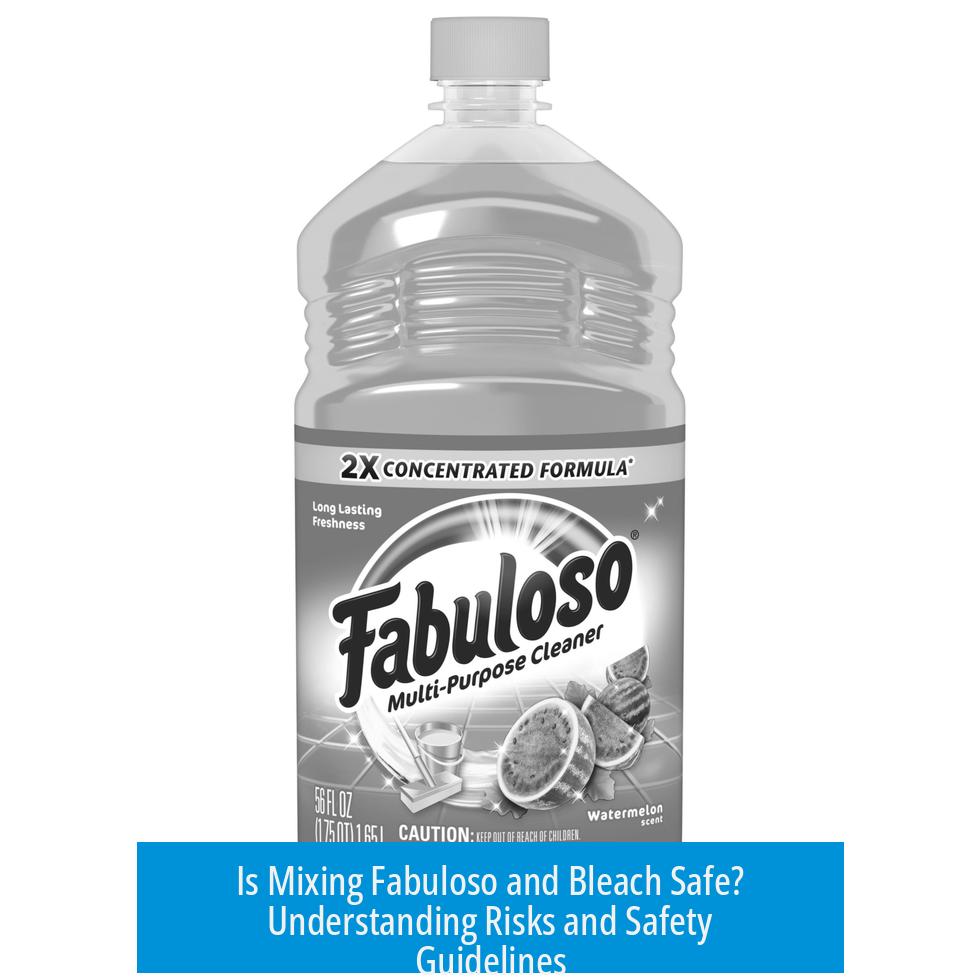
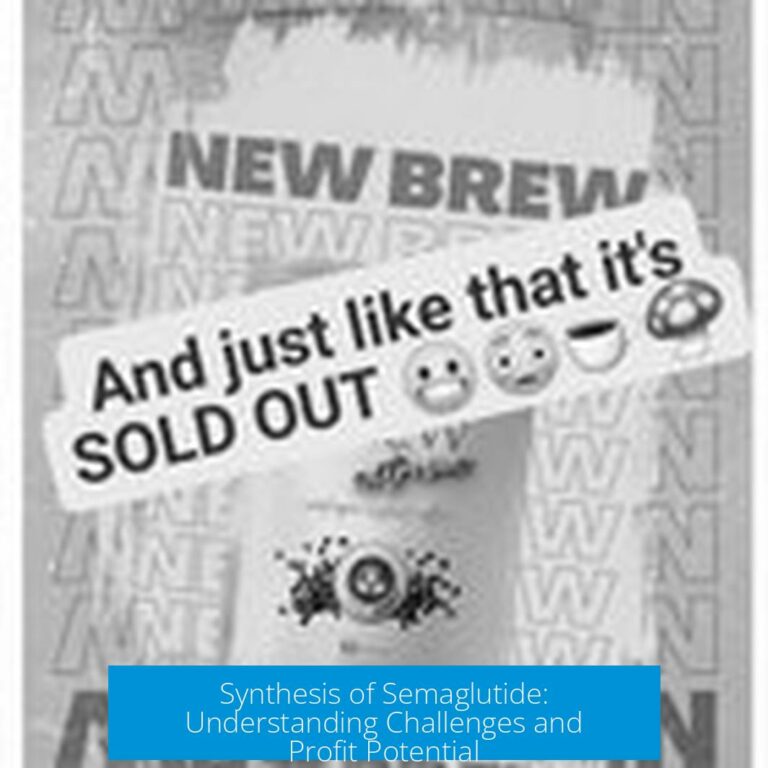
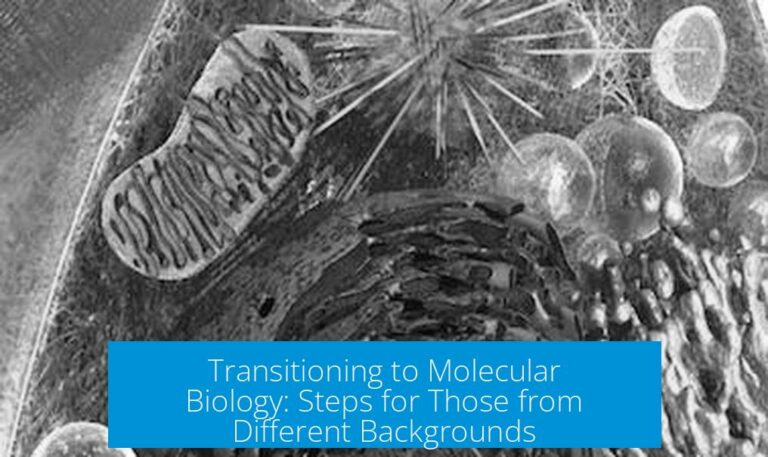
Leave a Comment